Joshua, Judges, & Jesus

An Archaeological Journey Through The Bible

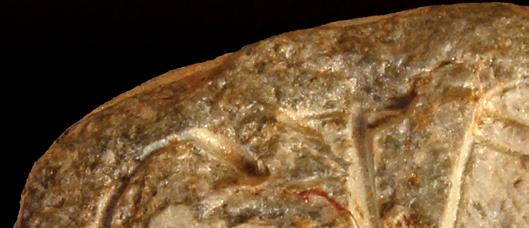








Spring/Summer 2021 | Vol. 42
Discover more than 50 artifacts from ancient Israel & Jordan from the Biblical era. Learn More on P. 04 RELIVING THE 1960S P. 07 CEMETERY PRESERVATION P. 10 ESTATE PLANNING/ GIFTING P. 14 COMMEMORATING ANNIE E. JONES P. 09
SCARAB, 1450 BC
This scarab is inscribed with a falcon-head Sphinx and an ankh, a looped cross which is the Egyptian sign of life. Researchers discovered the scarab in Bronze Age strata, underneath the first century house near the gate.

DIG SITE OF BIBLICAL CITY OF AI






Courtesy of Mid-Atlantic Christian University
Exhibitions
Our Story: Life in the Albemarle
The Albemarle represents a unique place— half land, half water. The story of this place comes alive in Our Story, a tale of how our communities have adapted to the challenges and opportunities of our unusual home.
Our Story: Audio Tour
Virtual tour provides in-depth overview of the region and its progression through various eras of transportation.
North Carolina Shad Boat
The official State Historical Boat of North Carolina was fi rst built in the early 1880s by George Washington Creef of Roanoke Island. The shad boat on display here at MOA was constructed in 1904 by renowned boat builder and decoy carver Alvirah Wright.
River Bridge: Sunken Secrets
Excavations at a site along the Pasquotank River have yielded more than 10,000 artifacts, dating from the middle of the 18th century to the early 20th century.
High on the Hog
Hogs have found their way into our lives and culture, playing a significant role for families in northeastern North Carolina. Th is exhibit will look at how pigs have become a part of our family, home, and livelihood.
Museum of the Albemarle
501 South Water Street, Elizabeth City, NC 27909 252-335-1453 • museumofthealbemarle.com facebook.com/museumoftheablemarle • Free admission
Wheelwrights, Wagon Wranglers, and Welders: Blacksmithing in the Albemarle
Small exhibit spotlighting the role of blacksmithing and its evolution in northeastern North Carolina.
Joshua, Judges and Jesus: An Archaeological Journey Through the Bible
Traveling exhibit highlighting artifacts found during archaeological work at the site of Khirbet el-Maqatir, the Biblical city of Ai, which is mentioned in Joshua 7–8. On display are artifacts dating from the Middle Bronze Age (2200–1500 BC) to the Byzantine Period (AD 324–638).
Reliving the 1960s
Small case exhibit focusing on the 1960s, the decade that gave the world changes in science, civil rights, fashion, art, health, technology, and entertainment. Advances, movements, wars, politics, and the environment all played a role in shaping this decade.
1619: Arrival of the First Africans (opens 8/2/2021)
On loan from the Hampton History Museum, this banner exhibit commemorates the 1619 arrival of the fi rst Africans in English North America.
State of North Carolina
Roy A. Cooper, Governor
Mark Robinson, Lieutenant Governor
Department of Natural and Cultural Resources
Reid Wilson, Secretary
Office of Archives and History
Sarah Koonts, Ac�ng Deputy Secretary
Division of State History Museums
North Carolina Museum of History
Kenneth B. Howard, Director
The Museum of the Albemarle is a part of the Division of State History Museums.
FRIENDS OF THE MUSEUM OF THE ALBEMARLE BOARD OF DIRECTORS
Linda Hofler, President
Johnson Biggs, Vice President
Douglas Gardner, Treasurer
Penny Leary-Smith, Secretary
Harrie� Hornthal, Kim Castle, Jinger Hickman, Dr. Melissa Stuckey, Will Norrell, Whitney Young, Penny Leary-Smith, Berne�a Brown, Kim Baumbaugh, Corrina Ruffieux, M. Sgt. William Hoffman, Katherine Wassink, David Clegg, George Thomas, Andrew Ownbey, Josh Bass, Althea Riddick, Joyce Buffaloe, Brian Forehand, Sheila Tyler, Geraldine Langford
Don Pendergra�, Ex-Officio
Barbara Putnam, Ex-Officio
MUSEUM OF THE ALBEMARLE STAFF
Don Pendergra�, Director of Regional Museums
Barbara Putnam, Opera�ons Manager
Wayne Mathews, Facili�es Manager
Wanda Lassiter, Curator
Charlo�e Pa�erson, Educa�on Curator
Carrie Barker, Collec�ons Assistant
Marjorie Berry, Public Informa�on Specialist
Kelly Boyd, Security
Rosana Cas�lho, Event Rental Coordinator
Jessica Cosmas, Collec�ons Specialist
Ma� Ferrell, Carpenter
Lori Meads, Museum Educator
Andrew Nelson-Redondo, Exhibit/Graphic Designer
Lyne�e Sawyer, Museum Specialist/AV Technician
William Seymore, Facili�es Maintenance
Rebecca S�les, Administra�ve Assistant
Mary Temple, Museum Gi� Shop
Paul Vincent, Facili�es Maintenance
The Gateway
Stephen Evans, Copy Editor
Andrew Nelson-Redondo, Exhibit/Graphic Designer

Contributors
Kim Baumbaugh, Jessica Cosmas, Terra Fox, Linda Hofler, Dr. Kevin Larsen, Wanda Lassiter, Lori Meads, Andrew Nelson-Redondo, Charlo�e Pa�erson, Don Pendergra�, Barbara Putnam, Rebecca S�les, Dr. Melissa N. Stuckey, Paul Vincent
The Gateway is published two �mes per year by the Friends of the Museum of the Albemarle. Published ar�cles do not necessarily represent the views of the Department of Natural and Cultural Resources or any other state agency.
Unless noted otherwise, images used are courtesy of the Museum of the Albemarle.
© 2021 by the Museum of the Albemarle
For informa�on on making a contribu�on to the Friends of the Museum of the Albemarle or to sponsor an issue of The Gateway, call 252-335-1453.
Museum Hours
Monday–Friday, 10 a.m.–4 p.m. Every 3rd Saturday, 10 a.m.–4 p.m.
Museum Gift Shop
Monday–Friday, 10 a.m.–4 p.m.
Every 3rd Saturday, 10 a.m.–4 p.m.
On the cover
A Cure for the Summertime Blues
by Don Pendergraft, Director of Regional Museums

Welcome back! This is our first issue of the Gateway magazine, post–COVID-19, and I invite you to peruse it and plan your next trip to the museum with confidence. The previous year was one of health challenges, but we continue to follow the 3-Ws—wait six feet, wash your hands, wear face-coverings—and we have changed the way we receive guests; however, our mission remains the same. Our services to you are held to the highest levels, and we promise not to disappoint as we move into the future with all we learned during the pandemic.
A silver lining to the coronavirus storm clouds is on the horizon. We endured. We learned new ways to reach schools, lifelong learners, and visitors in immediate Albemarle communities, as well as interested people around the world. We entered the virtual world using basic computer tools and the internet we had on hand in the museum; we evolved to a more professional position using state money and Friends of the Museum of the Albemarle funding to accentuate our presentations. And, we have had overwhelming success with our work, which can be accessed on the Museum of the Albemarle’s Facebook and website pages and on our YouTube channel. Please check out those locations and look for any programs you may have missed. I would like to recommend one recent presentation, Pig-Out on the Porch, hosted by Lori Meads and featuring Vivian Howard—it’s an entertaining rabble into the Tar Heel traditions of processing, preserving, and serving pork. The presentation was broadcast from the High on the Hog exhibit gallery with an array of sausage grinders and lard paddles positioned behind Lori as an appropriate backdrop. Vivian returns in person to be part of a drive-thru book signing in May. She will be signing her newest book, This Will Make It Taste Good: A New Path to Simple Cooking on May 22 on the museum grounds. Kudos to the museum staff for bringing this acclaimed author, PBS North Carolina star, and proprietor of Chef and the Farmer—virtually and physically—into the museum.
We invite you to check-out the museum’s videos, 24/7 on our YouTube channel.
Thank you for your continued support and to museum staff members for their care in managing the museum through one of our most difficult periods in recent times.
I’ll see you in the museum the remedy for summertime blues.
Picture From the Past
In This Issue 3 History 04 Joshua, Judges, & Jesus Exhibits 07 Reliving the 1960s 08 Wheelwrights, Wagon Wranglers & Welders
Commemorating Annie E. Jones Conservation 10 Cemetery Preservation Bio. Profile
Blacksmith Profile: Emmett Jones Education
Educational Programming Highlights
Virtual Programming Highlights Donor Profile
Estate Planning/Gifting
Mural Celebrating 100 Years of Women’s Right to Vote Affiliate Museums
What’s Happening With Affiliate Museums Membership 18 Membership Matters 20 President’s Report Sponsors 21 Sponsor Recognition 22 Advertisements
09
11
12
13
14
15
16
Back Albemarle Cottage, Cover Nags Head, circa 1930
Joshua, Judges and Jesus: An Archaeological Journey Through the Bible


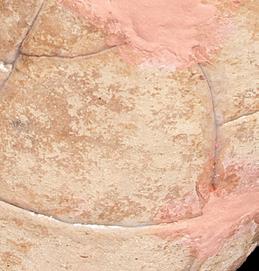

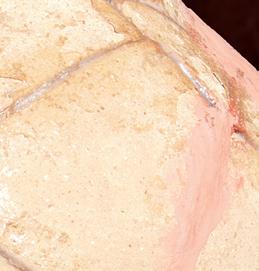
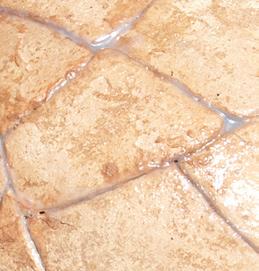





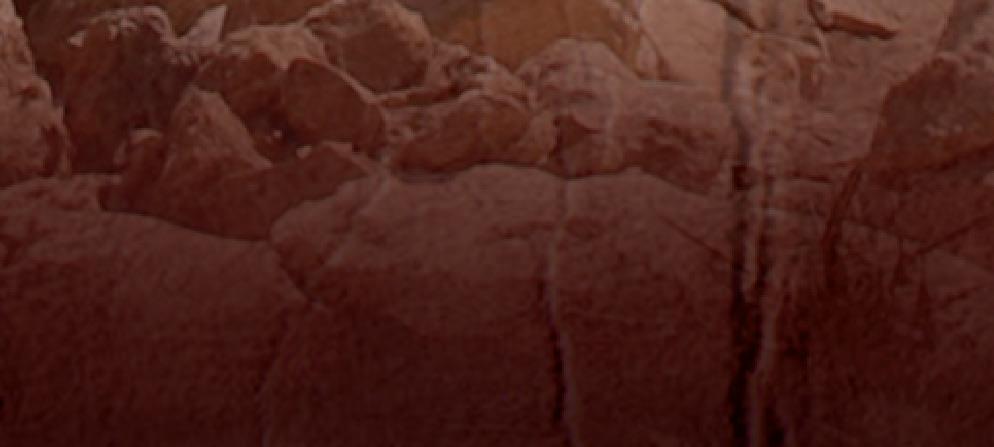

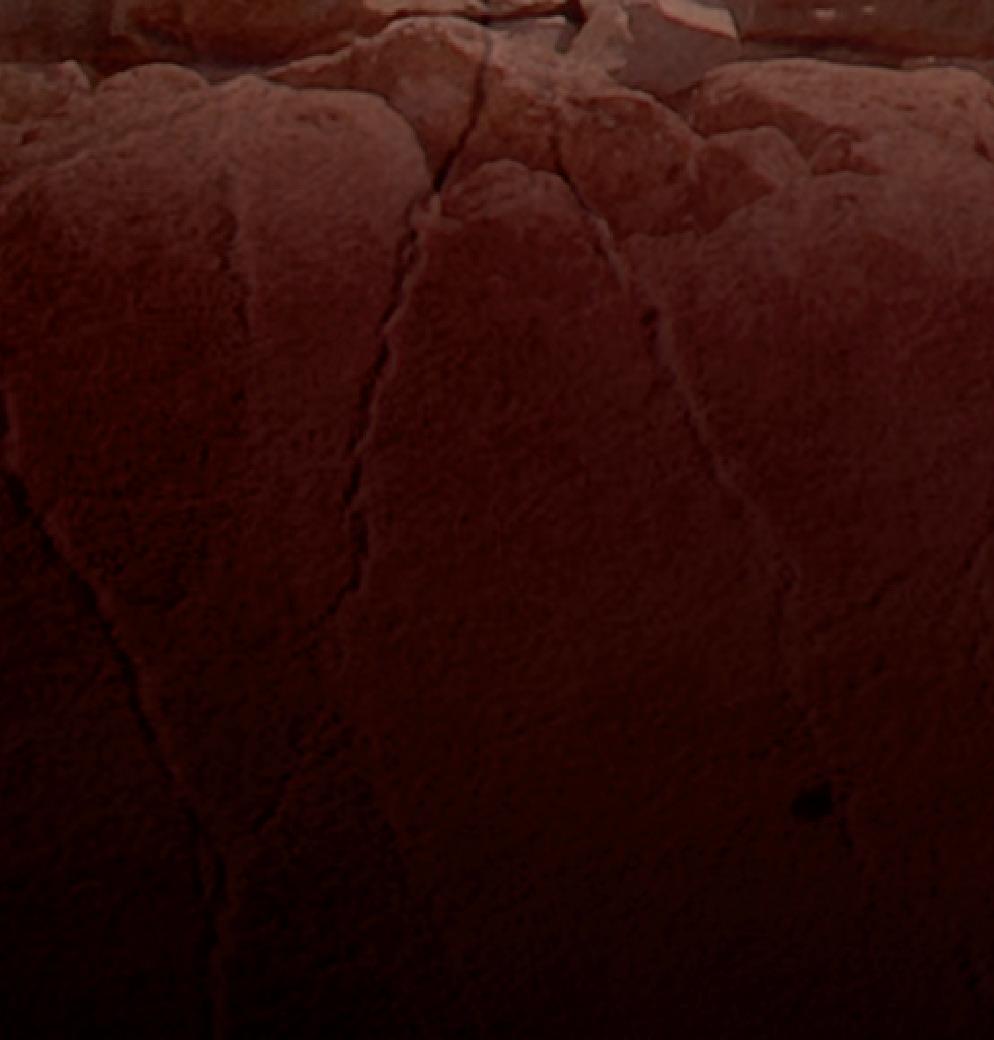 by Wanda Lassiter, Curator, Museum of the Albemarle, and Dr. Kevin Larsen, Mid-Atlantic Christian University
by Wanda Lassiter, Curator, Museum of the Albemarle, and Dr. Kevin Larsen, Mid-Atlantic Christian University




Museum of the Albemarle has partnered with Mid-Atlantic Christian University (MACU) to bring Joshua, Judges, and Jesus: An Archaeological Journey Through the Bible to northeastern North Carolina. This exhibit highlights artifacts found during archaeological work at the site of Khirbet el-Maqatir, the Biblical city of Ai (Joshua 7–8) and location of a military fortress that was destroyed during the Israelite conquest of Canaan, only to be rebuilt and destroyed again in the First Jewish Revolt (AD 66–73) against Rome.
Excavations at the site occurred from 1995 to 2000 and from 2009 to 2016. They were sponsored by the Associates for Biblical Research under auspices of the Civil Administration in Judea and Samaria. The archaeological site is located nine miles north of Jerusalem. According to Dr. Kevin Larsen, vice president for academic affairs and professor of New Testament at MACU—and archaeologist at the site—Khirbet el-Maqatir meets the criteria for being the city of Ai for several reasons:



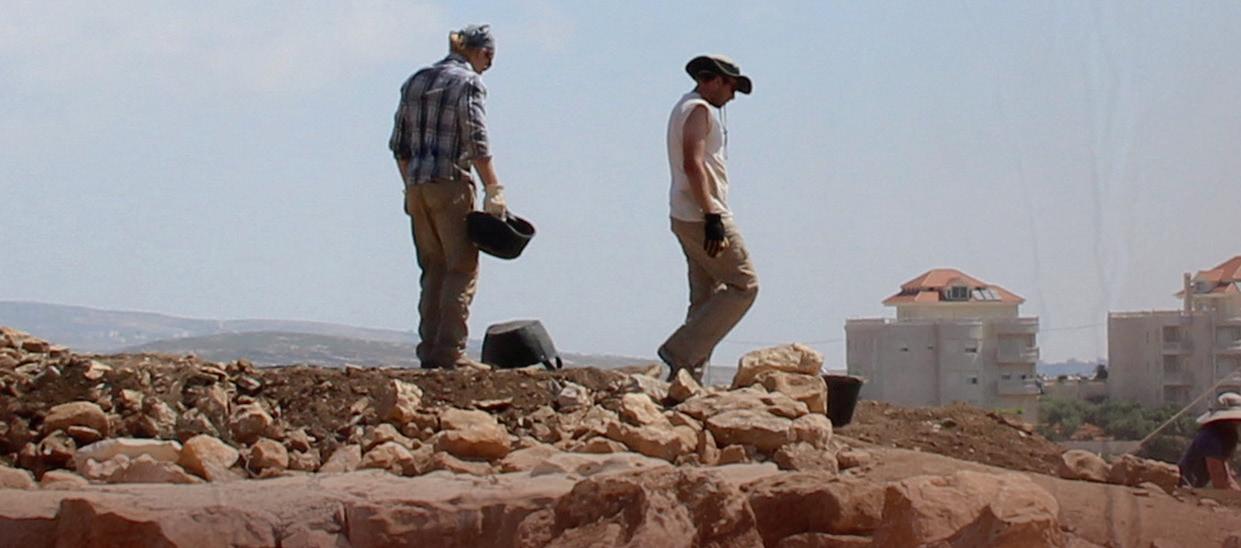
• First, the site is strategically located (Joshua 7:2) and could have served as a northern border fortress for the city-state of Jerusalem in the 15th century BC.
• Second, ceramic evidence indicates that the fortress was constructed around 1500 BC and destroyed around 1445–1400 BC, consistent



This 15th-century BC infant burial jar was found beneath the floor of a building just inside the entrance gateway. The building most likely served as the house and offices of the fort commander or the king of Ai. The presence of a newborn infant at Ai indicates the presence of women, who are mentioned in a Biblical account of the battle (Joshua 8:25).
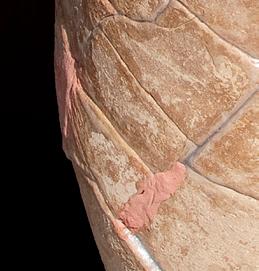

History 4
with the Biblical narrative.

• Third, the site is located east of Bethel and near Beth-Aven (Joshua 7:2).

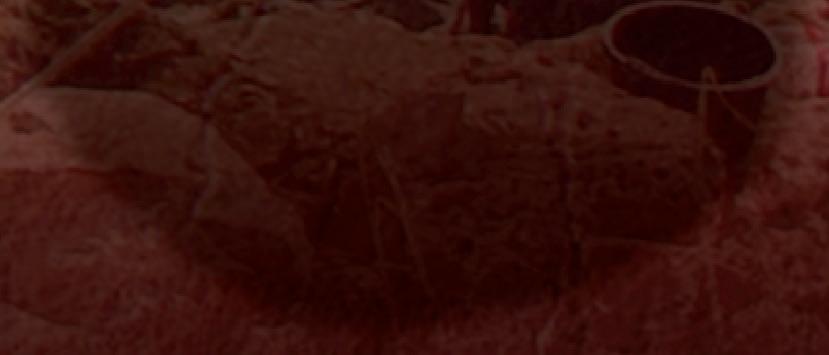






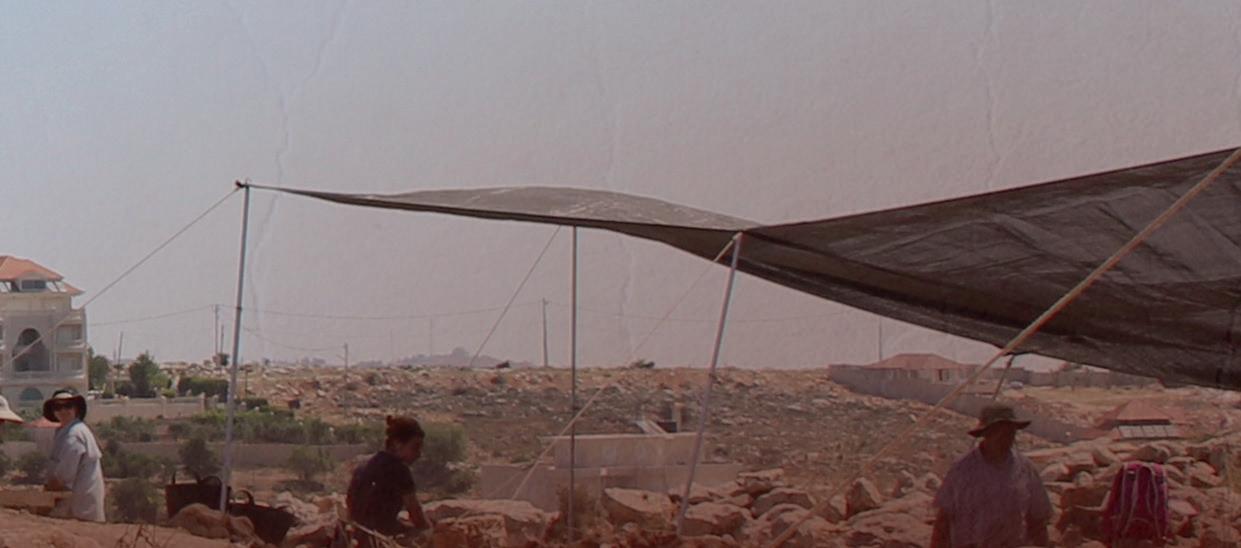
• Fourth, the topography of the site and surrounding area provides an ambush site to the west of the city (Joshua 8:9, 12).
• Fifth, Biblical references indicate Ai had a gate on the north side of the city; archaeology has confirmed a gate on the north side of this site.

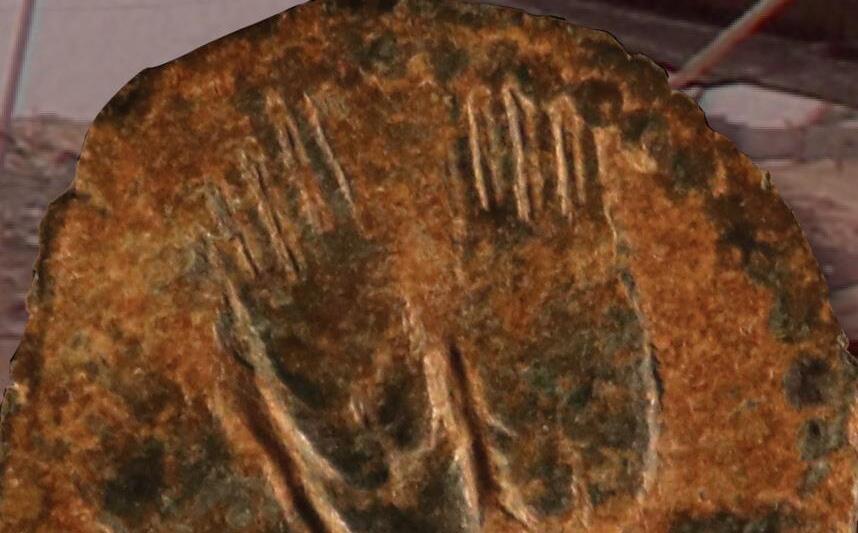










• Sixth, evidence exists of a massive burn across the site that dates to the time period that the city was destroyed (Joshua 8:28). The exhibit displays more than 50 artifacts that date from the Middle Bronze Age (2200–1500 BC) to the Byzantine Period (AD 324–638) and help illuminate Biblical history. Some special highlights of the artifacts visitors will see include an infant burial jar that was used to bury a Canaanite infant prior to the arrival of Joshua; a selection of oil lamps from various time periods that were used to provide light for indoor living spaces; a collection of coins from the first century BC and the first century AD; and a collection of ceramic pottery jars from the first century AD. The objects chosen for display were selected to provide a glimpse into different aspects of the everyday lives of those who

Coin, issued by Herod Agrippa (grandson of Herod the Great), King of Judea from AD 41–44. Agrippa pursued policies that supported Jewish tradition and oppressed Christians. Acts 12 records that Agrippa imprisoned the apostle Peter and executed the apostle James.
This scarab is inscribed with a falconheaded Sphinx and an ankh, a looped cross which is the Egyptian sign of life. It dates to the reign of the Egyptian pharaoh Amenhotep II, around 1455–1418 BC.

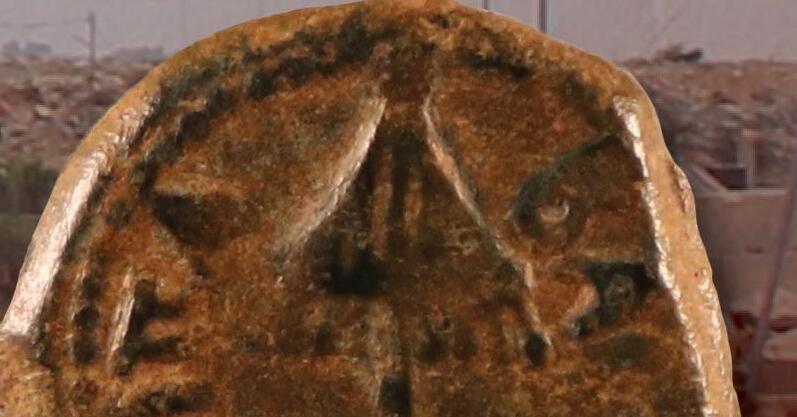
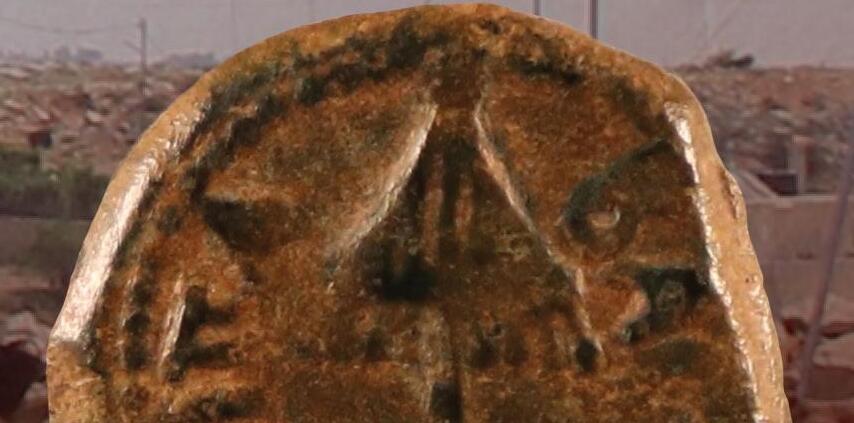
History 5
lived at the site during the days of Joshua, the time of the judges in the Hebrew Bible, and the time of Jesus.
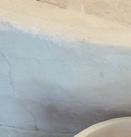

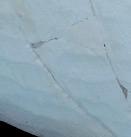



Since concluding its excavation activities at Khirbet el-Maqatir in 2016, the Associates for Biblical Research have been excavating at Tel Shiloh. In Biblical history, Shiloh is most famous for being the location where the tabernacle was set up after early Israelites conquered the land (Joshua 18:1). Shiloh was also the place where the prophet Samuel grew up as a child (1 Samuel 1–3). After working three seasons at this site, some exciting finds have come to light. The organization is excited to tell that story in the coming years.
And the Lord said to Joshua,




Molded lamp dating to AD 324–638, bronze with shell-shaped lid and broken cross handle.







During the period leading up to the first century and the time of Christ, Jewish people became focused on ritual purity. These chalkstone vessels dating to the 1st century AD were likely used for ritual washing.






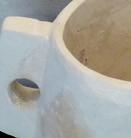

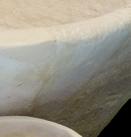







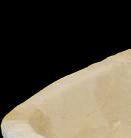
The images are courtesy of the Israeli Antiquity Authority, the Associates for Biblical Research, and the Museum of the Albemarle.
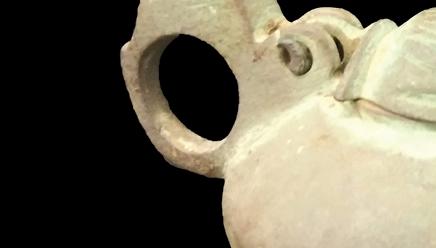

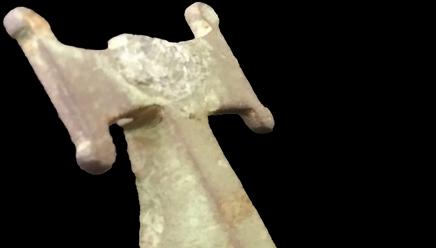





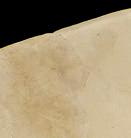



“Do not fear and do not be dismayed. Take all the fighting men with you, and arise, go up to Ai. See, I have given into your hand the king of Ai, and his people, his city, and his land.”
History 6
(Joshua 8:1, ESV )
The Civil Administration in Judea and Samaria ANDREWS UNIVERSITY, BERRIEN SPRINGS, MI
e Institute of Siegfried H. Horn Museum
ARCHAEOLOGY
The exhibit is sponsored by
Reliving the 1960s









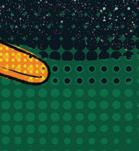











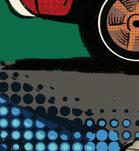



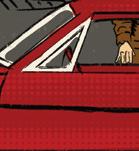
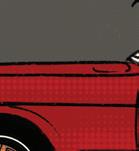



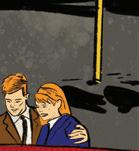

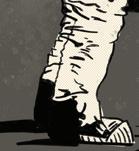




















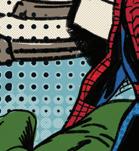

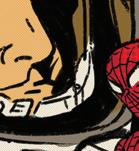
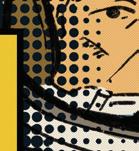
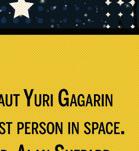

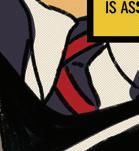





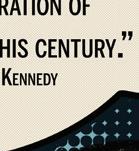

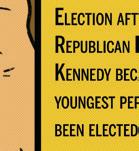







 by Wanda Lassiter, Curator
by Wanda Lassiter, Curator



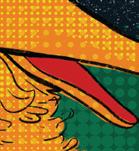









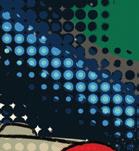



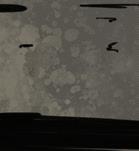


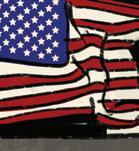













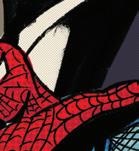














The 1960s decade gave the world changes in science, civil rights, fashion, art, health, technology, and entertainment. Changes, movements, wars, politics, and the environment all played a role in shaping this decade. But how do you choose what captures the spirit of those ten years? How do you summarize the Vietnam War, the arrival of new music, dangers of pesticides, the Civil Rights movement, and the death of a president all into one exhibit?


The exhibit gives you a glimpse into the 1960s and encourages you to begin a conversation! Learn more by talking with those who lived during that era, researching the topics discussed, and looking around you to see what effects they have on your life today. Talk about equality, social changes, bold fashion statements, and the many genres of music, art, and literature that came from the bold, courageous, and outspoken forerunners of this decade.






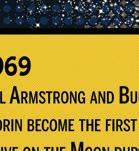

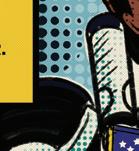








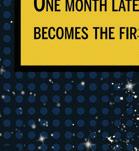


 1960 s COLLAGE Courtesy of Exhibit Design
AN EVENING WITH DR. MARTIN LUTHER KING, JR., 1966
Dr. King visited several locations in the Albemarle region, including Edenton, Elizabeth City, and Hertford.
1960 s COLLAGE Courtesy of Exhibit Design
AN EVENING WITH DR. MARTIN LUTHER KING, JR., 1966
Dr. King visited several locations in the Albemarle region, including Edenton, Elizabeth City, and Hertford.
Exhibits 7
Courtesy of Elizabeth City State University
Wheelwrights, Wagon Wranglers, & Welders
by Paul Vincent, Contributing Researcher
When you hear the word blacksmith , what images come to mind? Do you think of the red-orange glow of heated metal? Perhaps you see a deluge of hot sparks? Or do you hear the rhythmic clank-clink-clank of hammer hitting an anvil?
The village smithy of yore, hard at work by a sweltering forge, hammering away on a robust piece of iron, is part and parcel of Museum of the Albemarle’s latest small exhibit, Wheelwrights, Wagon Wranglers, and Welders: Blacksmithing in the Albemarle
Wheelwrights, Wagon Wranglers, and Welders highlights the role of blacksmiths in our American
society—as well as our local communities here in the Albemarle—by tracing the evolution of this trade and the wide range of skills its practitioners possess. Blacksmiths leading up to the horseand-buggy era were not only metal workers, but often horseshoers, coach builders, and all-around tinkerers. During the 20th century, blacksmithing grew to incorporate intricate knowledge of machining and welding, skills that continue to be used by the smithies of today.
We invite you to learn more about these people, their handmade implements, and the tools related to the blacksmithing trade with a visit to Wheelwrights, Wagon Wranglers, and Welders , now on view at Museum of the Albemarle.
ADVERTISEMENT FOR W. J. HENDRICK’S WHEELWRIGHT & BLACKSMITH SHOP, 1916

As evidenced by this advertisement, blacksmiths usually maintained a diverse skillset and could repair, as well as fabricate, various tools and implements.
Courtesy The Advance
BLACKSMITHING DEMONSTRATION AT FORT RALEIGH, 1984

Blacksmithing has survived and evolved in the Albemarle since the first English colonists arrived on Roanoke Island.
Courtesy Museum of the Albemarle
Exhibits 8
Commemorating Annie E. Jones
by Dr. Melissa N. Stuckey,
Assistant Professor History Program, Department of Social Sciences School of Humanities and Social Sciences at Elizabeth City State University, and Friends of the Museum of the Albemarle board member
MOA’s Women Breaking Barriers exhibit, which opened last November, commemorates the 100th anniversary of women’s suffrage in the United States. The exhibit highlights contributions made by northeastern North Carolina women in academics, activism, entertainment, the arts, and other areas.
The exhibit’s opening coincided with efforts by the National Collaborative for Women’s History Sites to create a National Votes for Women Trail that will feature historical markers to commemorate women who contributed to women’s suffrage. One marker candidate, and recent addition to the museum’s exhibit and accompanying mural, is Annie E. Jones of Elizabeth City.
By 1908 most Black North Carolinians were disenfranchised through discriminatory election laws. When the 19th Amendment was added to the US Constitution in 1920, it represented an opportunity for Black women to challenge those laws. Jones was one woman who intended to act for change.
A 1901 graduate of Elizabeth City State Colored Normal School (today ECSU), teacher, and later school principal, Jones immediately organized voter education classes in Elizabeth City and Pasquotank County. In describing their diligence and preparedness, Jones said, “We colored women are going to know the subject of government from the township unit up to the national Congress, and most of us already can show you how to read and interpret the Constitution of the United States.”
The determination of Jones and other Black women in northeastern North Carolina was mirrored across the state. Unfortunately, it was also matched by a White power structure determined to prevent them from voting; and these counterefforts proved largely effective in 1920. As a result, only three Black women successfully registered to vote in Elizabeth City that year. It is not difficult to imagine that one of these women was likely Annie E. Jones.
If our Annie E. Jones marker nomination is approved, the William G. Pomeroy Foundation will fully fund its creation.

Exhibits 9
ANNIE E. JONES, AUGUST 21, 1922 Courtesy of The
Independent
Cemetery Preservation
by Jessica Cosmas, Artifact Collections Specialist
Iam delighted to share a recent project that involved the Museum of Albemarle, our parent organization, the North Carolina Department of Natural and Cultural Resources, and Elizabeth City State University. Friends of the Museum of the Albemarle Board Member and ECSU History Professor, Dr. Melissa Stuckey recently invited museum staff to join preservation efforts focused on Elizabeth City African American Cemeteries. This project brought together the North Carolina African American Heritage Commission (NC AAHC), the Office of State Archaeology (OSA), the History Department at Elizabeth City State University, and the Museum of the Albemarle.
Led by Dr. Stuckey, with technical support provided by Dr. Charles Reed of ECSU, the group convened a virtual mini-conference on February 19, 2021. It included presentations by Angela Thorpe, Director of NC AAHC, Melissa Timo of OSA, Dr. Latif Tarik of ECSU, and me, MOA
Collections Specialist Jessica Cosmas. Video of conference proceedings may be viewed on the History at Elizabeth City State University’s Facebook page. As of April 2021, the virtual miniconference has been seen by over 1,000 individuals!
The work continued with an in-person practicum on March 27, 2021 at Old Oak Grove Cemetery. Techniques and best practices shared during the mini-conference informed current ESCU history students on how to photograph and survey the grounds. I demonstrated proper cleaning methods of gravestones and then ECSU students and professors cleaned six historic markers. These headstones memorialized Civil War veterans who were enlisted in the United States Colored Troops (USCT) Heavy Artillery Regiment. Future workshops have been discussed. Make sure to follow MOA’s social media and the History at ECSU’s Facebook page to see updates on this project!
 COALITION OF ECSU STUDENTS, PROFESSORS, AND MOA STAFF CLEAN GRAVESTONES AT OLD OAK GROVE CEMETERY.
COALITION OF ECSU STUDENTS, PROFESSORS, AND MOA STAFF CLEAN GRAVESTONES AT OLD OAK GROVE CEMETERY.
Conservation 10
Image Courtesy of Dr. Melissa Stuckey.
Blacksmith Profile: Emmett Jones
by Paul Vincent, Contributing Researcher
Craft workers like blacksmiths and wheelwrights were, and still are, held in high regard for their unique set of skills—so much so that one of these artisans, Emmett P. Jones, became part of a 1999 exhibit at Museum of the Albemarle entitled Fixing the Farm

Born in Gates County in 1914, Jones began learning the craft from his father at the age of three. His early days of turning the forge and helping strike iron grew into managing his own shop and fabricating complete carts. The dump carts he built used a hinged design, which kept the horse or mule from having to be unhitched. In his later years, Jones continued his vocation by teaching welding classes at Chowan High School. Apart from being an educator, he worked as an aviation metalsmith with the U.S. Coast Guard in Elizabeth City from 1954 to 1970.
The cultural contributions Jones made through his life’s work were recognized by the North Carolina Folklore Society when he was awarded the Brown Hudson Folklore Award in April 2000. The Fixing the Farm exhibit sought to document the ever-fading rural traditions, kept alive by craftworkers like Emmett Jones, for future generations.
WHEELWRIGHTS AT WORK, 1998
Bio. Profile 11
Emmett P. Jones (right) and Armie Riddick set an iron tire to a nearly completed wagon wheel. Courtesy Museum of the Albemarle
New Ways to Present History are Here to Stay
 by Charlotte M. Patterson, Education
by Charlotte M. Patterson, Education
Curator
Restrictions of the COVID-19 pandemic meant that changes were in order for the education department at MOA. One of the biggest issues we faced was cancellation of school field trips and group tours. This situation caused the department to develop new strategies for reaching our public. We turned to virtual presentations. Our educator, Lori Meads, successfully took on this gigantic task, increasing our reach to a worldwide audience. We also offered a twist to our Make-and-Take packets, transforming them into Take-and-Make packets. More than 100 children have signed up to automatically register for future packets. Virtual presentations and Takeand-Make packets will continue as added benefits we can offer to the public even after groups return. They will serve those who are unable to attend in person but wish to learn. Some of the Take-and-Make packets to look forward to are Mother’s Day and Father’s Day; Happy Birthday, America; and three Summer Fun activities.
Easing of restrictions has opened up some inhouse opportunities. One of the first of these to take place was the opening of Joshua, Judges, and Jesus: An Archaeological Journey Through the Bible . In addition, our History for Lunch lecture series will return as in-person programs (with limitations) but will remain as a virtual presentation, too. Upcoming lunchtime programs include It’s the Little Things That Count—Small Finds from Khirbet El-Maqatir , with Frankie Snyder who will be “Zooming” in from Jerusalem on May 19, and Beyond the Midway Lights: 168 Years of State Fair Growth on Wednesday, August 18.
Programs can now be held on the green, as well, so join us on Saturday, May 22, for a drivethru book signing with Vivian Howard and on Saturday, July 17, for Down on the Farm .
Please check our Facebook page for details of these and other programs and join us for entertainment and education.
Education 12
DR. STRIPLING GIVES A VIDEO TOUR OF JOSHUA, JUDGES AND JESUS: AN ARCHAEOLOGICAL JOURNEY THROUGH THE BIBLE From The Bible Seminary in Katy (Houston), TX, Dr. Scott Stripling, Director of Excavations for the Associates for Biblical Research gives future visitors an episodic tour behind the latest exhbition for the Museum of the Albemarle's YouTube Channel
Virtual Programming
by Lori Meads, Educator
At the start of 2020, no one felt virtual programming was in the museum’s near future. However, that quickly changed, and May 2021 will mark the first anniversary of virtual programming here at MOA.
Virtual programming began by testing several platforms, asking questions, and involving the museum’s volunteers to see what they felt was user friendly. It was agreed that Zoom was the preferred platform for individuals—especially those who may not have been previously accustomed to logging into a virtual program.
MOA’s first scheduled virtual program was a History for Lunch presentation with Meg Puckett of the Corolla Wild Horse Fund. Meg came to viewers live from the Currituck beaches of the Outer Banks, and all 51 participants could hear the ocean and sea breeze while watching wild horses roaming freely. The museum then scheduled Weeksville Elementary School music students in third through fifth grades to highlight musical instruments in the museum collection. Approximately 70 students and teachers

signed on for that educational program from their homes.
Virtual programming has allowed the museum to reach individuals from basically all 50 states and several countries, to bring in guest speakers we normally would not have been able to host, and to protect staff members and guests during this time of uncertainty.
The museum is now in a hybrid programming step, having recently combined virtual with inperson programming, due to limitations on guest gatherings. We will continue to do so, based on requests from visitors located outside the area. This implementation of hybrid programming will also allow the museum to have speakers that are not within driving distance or guests outside our time zone, while accommodating visitors that prefer attending in person programming.
We invite you to join us, either from home or in person.
Education 13
WILD HORSE STROLLING Courtesy of Corolla Wild Horse Fund
Planned Giving To FOMOA
by Kim Baumbaugh, FOMOA Board Member & Fund-Raising Committee Chair
FRIENDS OFTHE
You can also provide for FOMOA as part of your estate plan, which could include the following options:
• Give appreciated stock, bonds, or mutual fund shares or
T HE ALBEMA
Supporting Regional History
As I am sure most of you are aware, while the State of North Carolina pays for building maintenance and staff salaries at MOA, the activities conducted there are paid for by the Friends of the Museum of the Albemarle. As a friend, you have many ways to provide financial support and assist in the work of funding MOA exhibits, educational programs and events, and artifact preservation. The most common ways are by purchasing an annual membership, attending a specific fund-raising activity, or making an end-of-year donation.
• Give the annual income received from these investments;
• Make a pledge and spread your payments out over two or three tax years;
• Make a bequest in your will or living trust;
• Designate FOMOA as a beneficiary of a life insurance policy;
• Designate FOMOA as a beneficiary of your IRA plan;
• Purchase a gift annuity and receive lifetime payments (depending upon your age at purchase);
• Give your residence to FOMOA and retain the right to live there for the rest of your life (a life estate);
• Donate real or personal property to FOMOA;
• Create a Charitable Remainder Trust with FOMOA as a beneficiary.
Many of these options can provide benefits toward your income tax liability—check with your tax professional regarding your specific situation.
An advantage to providing for FOMOA as part of your estate plan is the ability to be generous in your support of FOMOA without the upfront spending of funds you may need for your lifetime support.
Please contact us if you are interested in any of these planned giving options so that we may offer further information.
Donor Profile 14
■ M U
R L E ■
SEUMOF
Mural Celebrating 100 Years of Women’s Right to Vote
by Terra Fox, Acting President, League of Women Voters of Northeastern North Carolina
On the portico of the Museum of the Albemarle, a mural celebrating 100 years of women’s right to vote has come to life. The mural, a long-awaited dream of the League of Women Voters of Northeastern North Carolina, made its appearance, appropriately, during Women’s History Month in March—to commemorate the centennial anniversary of women’s right to vote, which resulted from ratification of the 19th Amendment in 1920.
A collaboration between the local league and MOA, the mural began taking shape in 2018, when the league formed a committee to mark the centennial and, coincidently, Elizabeth City business owners were looking to add murals to the downtown district. While searching for the right location, the museum approached the league about considering a place that would tie to the museum’s Women Breaking Barriers in Northeastern North Carolina exhibit. It was a natural fit.
The mural recognizes many brave women suffragists who protested and picketed for equal voting rights in North Carolina and celebrates the diversity of women activists, past and present. The illustrations are intended to honor the suffragists who forged a path for ratification of the 19th Amendment, as well as the women organizers and activists who continue to fight for a democracy that includes all races and genders.
In 2018, when a mural was first discussed, the league could not find any information on local suffragists. Through the museum’s research, the mural now features the following women:

Annie E. Jones (ca. 1875–1950)
Pasquotank County, primary school educator and community organizer
Elsie Riddick (1879–1959)
Gates County, women’s suffrage activist
Minnehaha Etheridge (1871–1938)
Dare County, suffragist and organizer of the first suffrage parade, which took place during 1913 in Washington, DC
Lillie Blake (1833–1913)
Bertie County, author and suffragist
Gertrude Weil (1879–1971)
Wayne County, suffragist, one-time president of the North Carolina Equal Suffrage Association,
and founding president, North Carolina League of Women Voters
Louise Lassiter (1916–1993)
Northampton County, community activist and appellant in a 1959 US Supreme Court case advocating for removal of restrictions to voting based on literacy tests
Annie Holland (1871–1934)
Gates County, suffragist, founder of the state’s first Negro parent-teacher association, and state supervisor, Negro elementary schools
Lida Tunstall Rodman (1859–1932)
Beaufort County, officer of the North Carolina Equal Suffrage Association
Two artists have been involved in design of the mural. Savannah Nash, league member, worked many hours with the mural committee early on; she then handed off duties to Jessa Kimbra, of Dear Alchemy in Elizabeth City, who completed the league’s vision.
The mural was included in April’s First Friday
Art Walk on April 9, with a separate dedication ceremony held on April 17 at the Museum of the Albemarle’s portico and lawn. Elizabeth City’s first woman mayor, Bettie Parker, offered a dedication speech, and Jo Nicholas, president of the League of Women Voters of North Carolina, spoke, as well. A performance of modern line dancing, provided by Suzy Thomas, also highlighted the ceremony.
Donor Profile 15
Whats Happening with Affiliate Museums
by Don Pendergraft, Director of Regional Museums
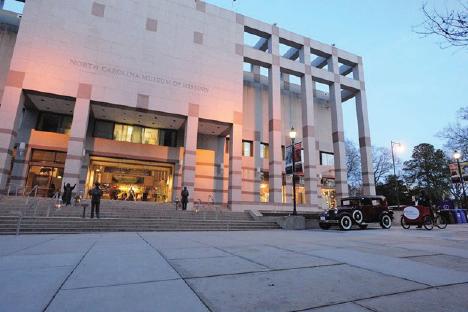
Whats Happening at...
As a special bonus, we also have a brand new, permanent and immersive exhibit for military history fans: Answering the Call: Experiences of North Carolina’s Military Veterans, 1898–1945 .
Planning a visit to one of North Carolina’s beautiful beaches this summer? Consider a stop at the state’s capital city, especially the North Carolina Museum of History, where you can complement your beach trip with the current exhibit Beach Music: Making Waves in the Carolinas —and learn the basics of shag dancing!

And, what’s better for a road trip than a tourism exhibit that looks back at the industry’s history? Are We There Yet? North Carolina’s Variety Vacationland , 1930s–1970s will fit that bill.
If you’re not traveling, but looking for something new to watch while staying home, check out the free (and virtual) Longleaf Film Festival on May 14
Affiliate Museums 16
PROMOTIONAL GRAPHIC FOR BEACH MUSIC: MAKING WAVES IN THE CAROLINAS EXHIBIT Courtesy of NC Museum of History
and 15—North Carolina–related films on your own small screen.
The museum looks forward to seeing you!
For more information about events and exhibits at the North Carolina Museum of History, visit ncmuseumofhistory.org.
Whats Happening at...
Freedom! A Promise Disrupted: North Carolina 1862-1901
(Through May 20, 2021)
This exhibit, from the North Carolina Museum of History, depicts the struggle that newly freed African Americans faced to maintain their freedom in the post-Civil War and Reconstruction era of North Carolina.
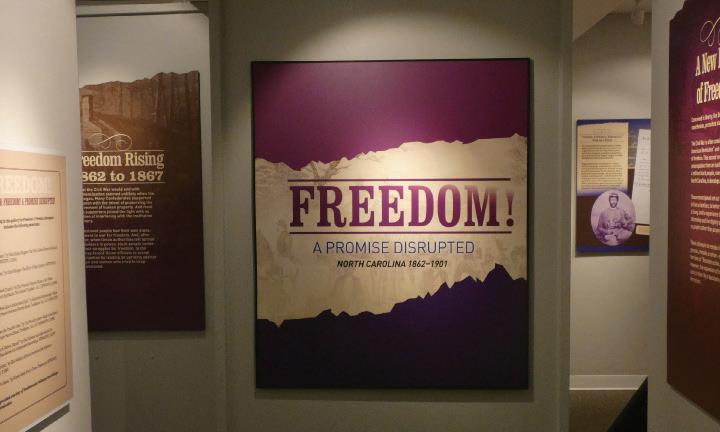
Whats Happening at...
Navigating Jim Crow: The Green Book and Oasis Spaces in North Carolina
(June 11-July 9)
This traveling display, from the North Carolina African American Heritage Commission, features the Green Book, a travel guide that helped African Americans navigate Jim Crow segregation.
For more information about events and exhibits at the Museum of the Cape Fear Historical Complex, visit museumofthecapefear.ncdcr.gov

Mountain Gateway Museum’s largest annual event, Pioneer Day, is moving from late April to early October in 2021 because of COVID-19. However, the museum plans to open its outdoor farmers’ market on May 6 and operate it every Thursday afternoon through October 7.

In late May, a longtime exhibit at MGM will take a fresh look at the people who built the Western North Carolina Railroad. And, just in time for National Dairy Month in June, MGM will debut a new exhibition, Udderly Important: Dairy Farming in Western North Carolina . The exhibit’s first 100 visitors will receive a free pint of milk, thanks to PET Dairy of Charlotte.
For more information about events and exhibits at the Mountain Gateway Museum, visit mgmnc.org

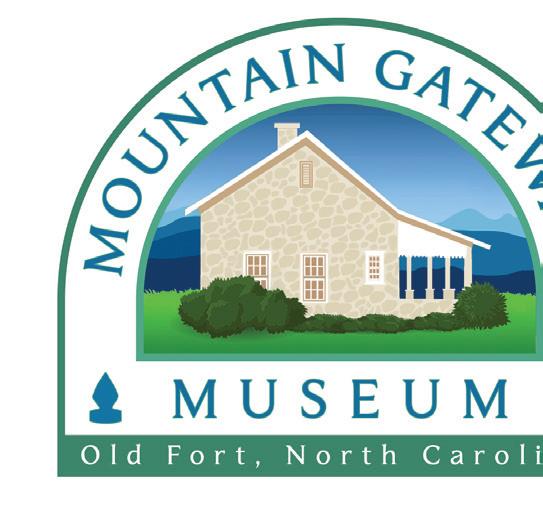
Affi liate Museums 17
Membership Matters
February 2020 – April 2021
Thank you for supporting the museum!
RENEWALS Individual
Grafton Beaman
Susan Blackmon
Earnell Brown
Sharon Burtner
Margene Curtice
Gary Dunstan
Wendy Flores
W. Brian Forehand
Mimi Galgano
Evelyn Henley
MSG William “Sarge” Hoffman
Delsie Jones
JoAnn Jasinski
Joyce Lassiter
Daniel McAuliffe
Mable Jean Moore
David Seymour
Elizabeth Taylor
Phyllis Timmerman
Verna Austin Wall
Emily Jennings White
Family
Bill & Carol Allen
Bill & Chris Barber
Kim & Jack Baumbaugh
Ron & Mary Black
Archer & Janet Farmer
Brenda & Billy Felton
Mark & Frances Gass
Norma Hatot-King
Harriett & Tony Hornthal
Eddie & Cindy Jennings
Penny Leary-Smith
Rod & Barbara Mueller
Holly Phelps
Rebecca Phelps
Beverly & Reggie Riddick
Fred & Jan Riley
Bill & Patricia Sterritt
Charlotte Underwood
Faye Ellen Weatherly
Craig Winslow
Patron
Dewey & Pat Burgess
Maureen & Ray Donnelly
Sharon Greene
Linda Hofler
Alden & Patty Hoggard
David & Jane Harris
Becky Harrell
Doris Hawkins
Mary Ann & Barry Keyes
Don & Mary Lee Kosik
Julie & Harry Robinson
Corrina & Chris Ruffieux
Anne Sanders
Ethel Sutton
Turner Sutton
Wayne & Dee Talley
George & Mary Thomas
Lee & Judy Vassar
Paul & Joyce Wheeler
Sponsor
Herb & Annette Small
Lifetime Members
Hilton & Mary Leigh Barrett
Arthur & Patti Bergman
Anna & Bruce Biggs
Karl Brandspigel
Geoff & Penny Byrd
Nita Coleman
George Converse
Carol & Ed Cowell, Jr.
Brenda & Terry Daniels
Sam & Faye Davis
Col. Bill & Susan Davis
m u seum of t h e albem a r l e friends ofthe Supporting Regional History Membership 18
Oliver & Linda Etheridge
Nancy Ferebee
Jo Ann Foreman
Dr. Linda Fusco
Doug & Diana Gardner
Dorsey Harris
Edwin & Diana D. Hardison
Flint & Janet Harding
James & Jackie Hathaway
Dr. Karen Ray & Dr. John Hill
Chad Hull
Russ & Courtney Hull
Maughan & Kay Hull
J. Wilson & Margaret Jones, Jr.
Mark & Lil Maland
Hunter Foreman Michael
Nancy Bailey Muller
Buddy & Beverly Madrin
Cynthia & Joe Mastro
Dr. Charles & Brenda Mahaffey
Michael & Sherri McDaniel
Ed & Claudia Merrell, Jr.
Kirk & Anita Oldham
William Parker, Jr.
Chris & Whitney Paullet
Dr. Anne Marie Radke
Tapp & Charlie Robinson
Matt & Breanne Scribner
Norman & Susan Scurria
Beverly Small
Mark & Stacy Small
Dr. Benjamin Speller, Jr.
Marvin Stokely
Jim & Jo Thomas
Bob & Judy Thorne
Mary Tirak
Byrum Charitable Trust
Barbara & Leo Wachter
Katherine Wassink
Jimmy & Mary Jo Westbrook
Dian Williams
NEW MEMBERS Individual
Joyce Buffaloe
David Clegg
Karen Mathews
Georgia Williams
Daniel & Jessica Cenci
Susie Spruill
Josh Bass
Gary & Dolores Elder
Philip & MaryLou Madre
Shelia Tyler
Family
Patron
Membership 19
President’s Report
by the Friends of the Museum of the Albemarle’s President, Linda Hofler
ello! My name is Linda Hofler, from Gates County, and I am your current president of Friends of the Museum of the Albemarle (FOMOA), having served on the executive board on numerous occasions—none of them as “interesting” as this past year. But then, it has been an interesting year for everyone.

With the pandemic raging, all areas of life have been a ff ected. All state-run museums were closed in March 2020. FOMOA also was a ff ected. Our mission has not changed: to promote the Museum of the Albemarle and to provide funding for exhibits, educational programming, and artifact conservation. However, our organization had to adapt to new requirements due to COVID-19.
Our membership has remained strong, with approximately 382 members. But many of our fund-raising activities had to be canceled or adapted to the new norm. In particular, due to COVID-19, rental income for use of the museum building went to zero.
We are seeing some positive signs, though. Our presence on social media has increased as more programs, such as History for Lunch and Tot Time, are being shown virtually. Videos have also been made to promote the Museum of the Albemarle. In addition, packets with handson activities have been created for children to pick up and take home. And, we were able to continue working with Ghost Harbor Brewing Company and Sanctuary Vineyards to raise funds through the sale of locally made beer and wine.
HAs COVID-19 restrictions are being modified, additional activities have resumed—and others are being planned to resume in the near future. New exhibits include Women Breaking Barriers in Northeastern North Carolina and Joshua, Judges, and Jesus: An Archaeological Journey Through the Bible, which are currently on display. The Museum Gift Shop has reopened. And, on March 17, 2021, the first face-to-face educational program was held with Dr. Scott Stripling speaking on his archaeological dig in Ai. On April 17, 2021, Tot Time will resume face-to-face meetings at the museum, but while continuing as a virtual presentation.
We are eagerly looking forward to the remainder of this year. Visit us in person or online, on Facebook or the museum website, MuseumoftheAlbemarle.com.
Membership 20
Sponsor Recognition

Museum of the Albemarle wishes to thank our sponsors and community partners. It is only through the generosity of businesses and individuals that the museum is able to continue to offer events that not only serve as fundraisers for the museum, but also allow the museum an opportunity to interpret a portion of our region’s history. All proceeds from benefit the Friends of the Museum of the Albemarle and its educational programs, exhibits, and artifact conservation.
The Friends of the Museum of the Albemarle (FOMOA) is a non-profit support group that seeks to raise awareness and provide funding for exhibits, educational programming, and artifact conservation throughout the thirteen (13) county region that we serve. The counties served are Bertie, Camden, Chowan, Currituck, Dare, Gates, Hertford, Hyde, Northampton, Pasquotank, Perquimans, Tyrrell, and Washington Counties. The Museum of the Albemarle is the recipient of all funds raised.
Make history a part of your special event.
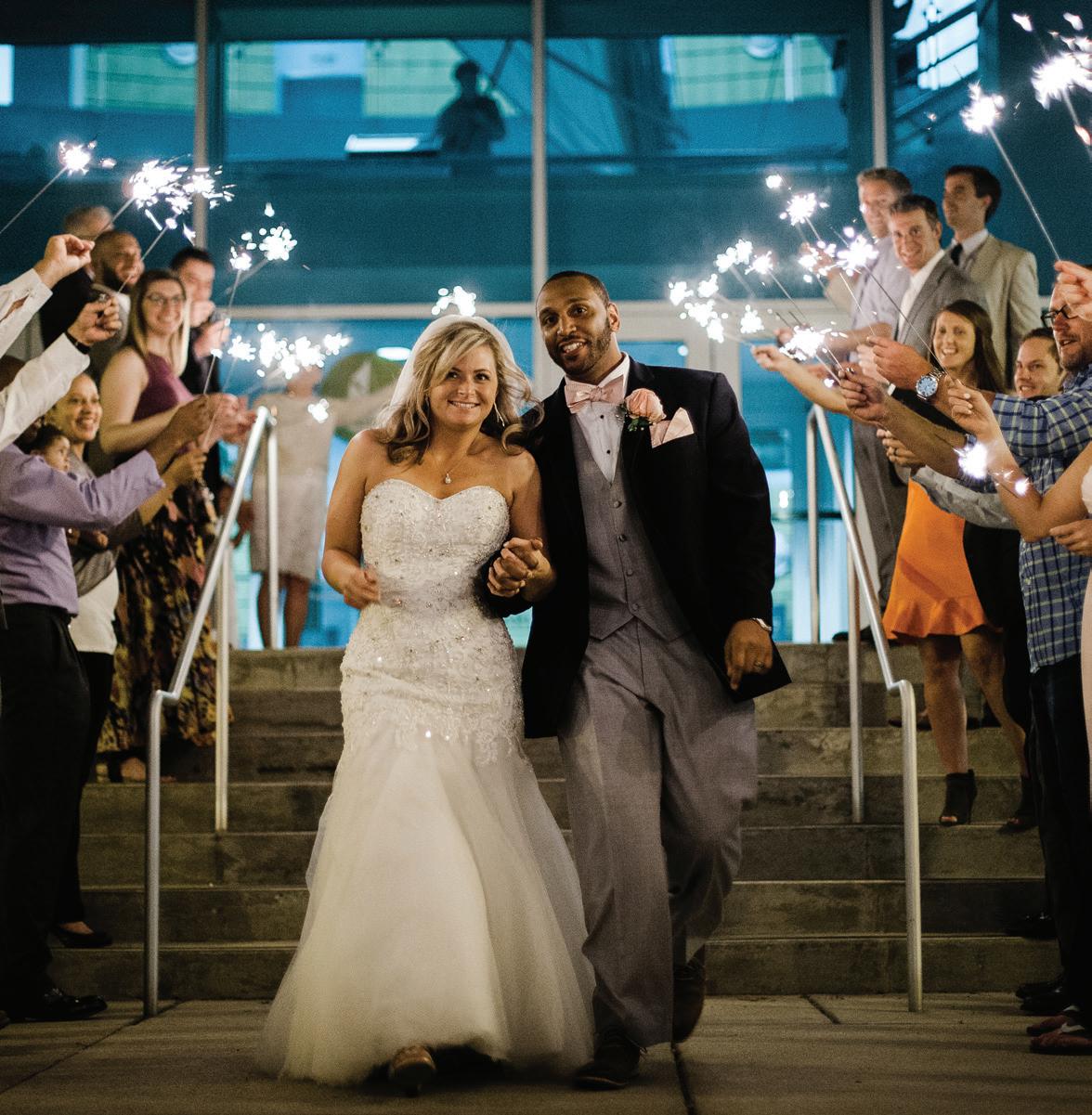
Special Event Rentals


Make your event an elegant affair.
With a variety of spaces available for rent and an attractive and convenient downtown Elizabeth City location, the museum is an ideal choice for almost any event; including business meeting, corporate dinners, community events, performances, wedding receptions, holiday parties, and family reunions.
Membership 21
m u seum of t h e albem a r l e friends ofthe Supporting Regional History
The Museum Gift Shop features the work of local artisans with pottery, jewelry, glassware, and fiber arts. Choose the perfect gift from a great selection of books and souvenirs.

Museum Gift Shop
Hours
Monday–Friday: 10 a.m. 4 p.m. Open each 3rd Saturday of month: 10 a.m. 4 p.m.

Phone
331-4026


Museum Gift Shop
(252)
Come for a visit... Take home a regional memory.
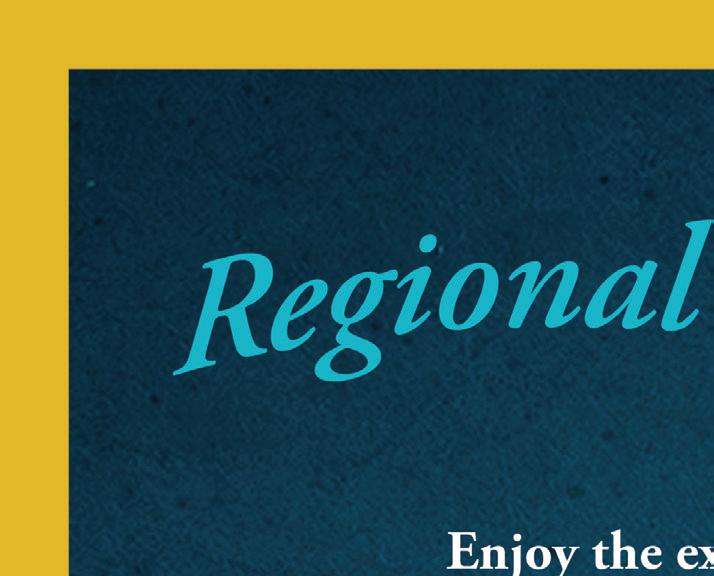







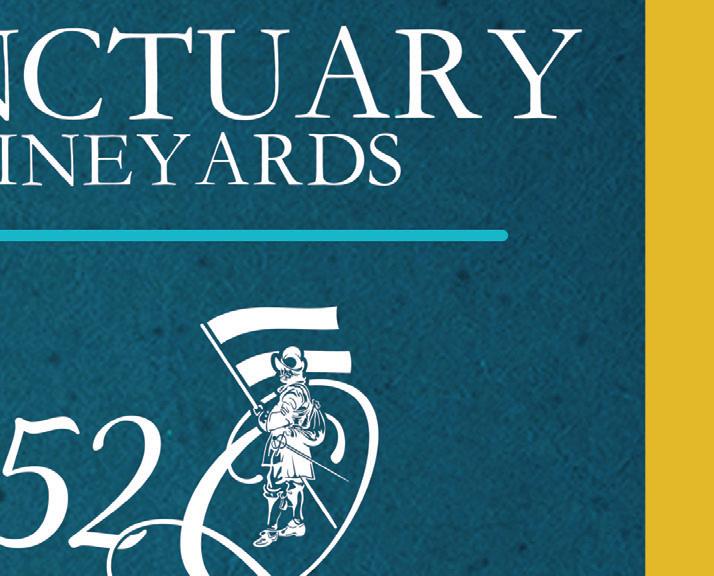

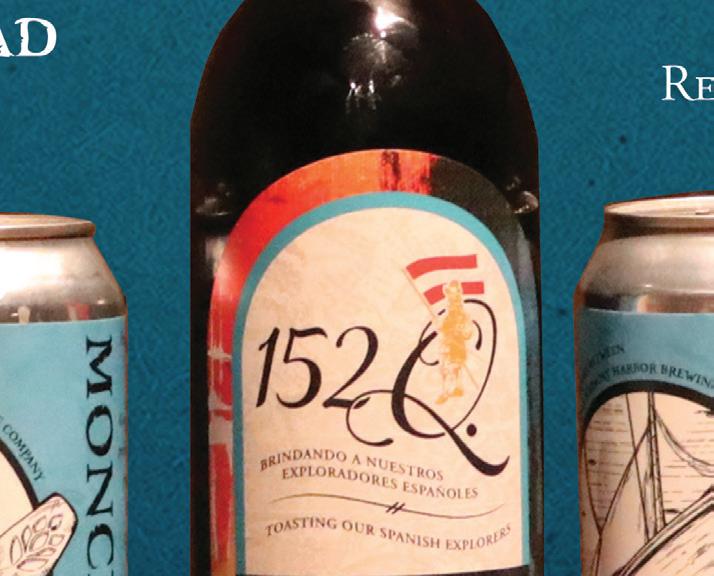
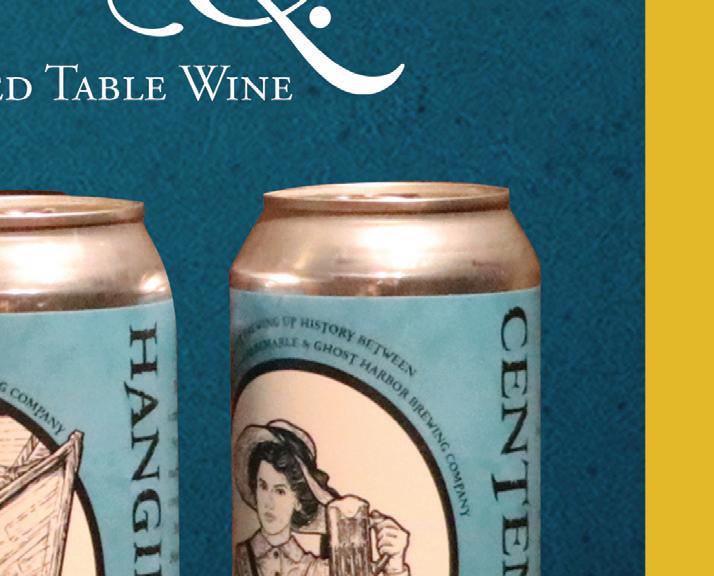


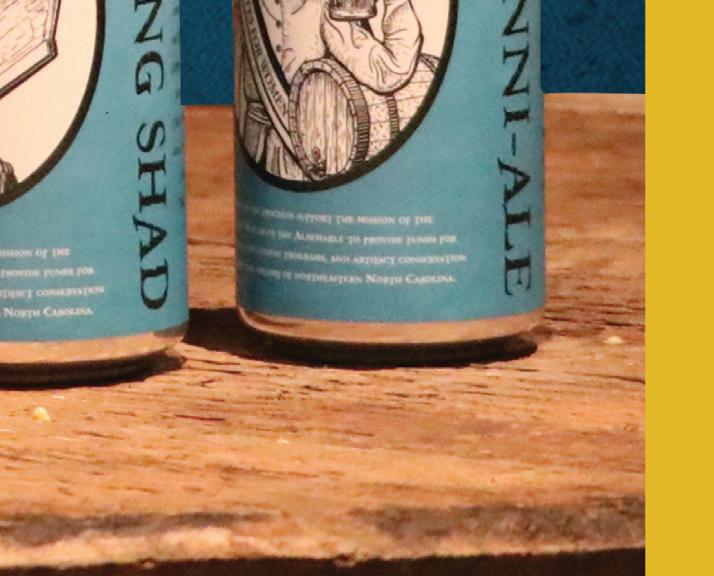
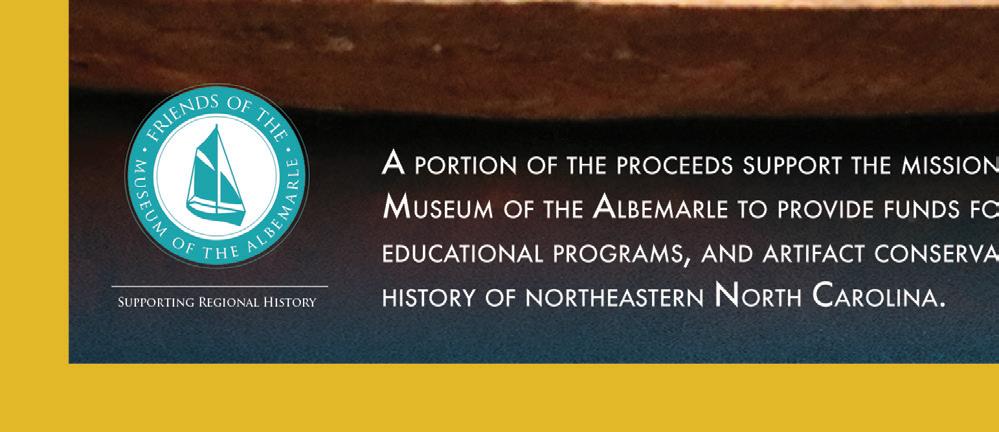
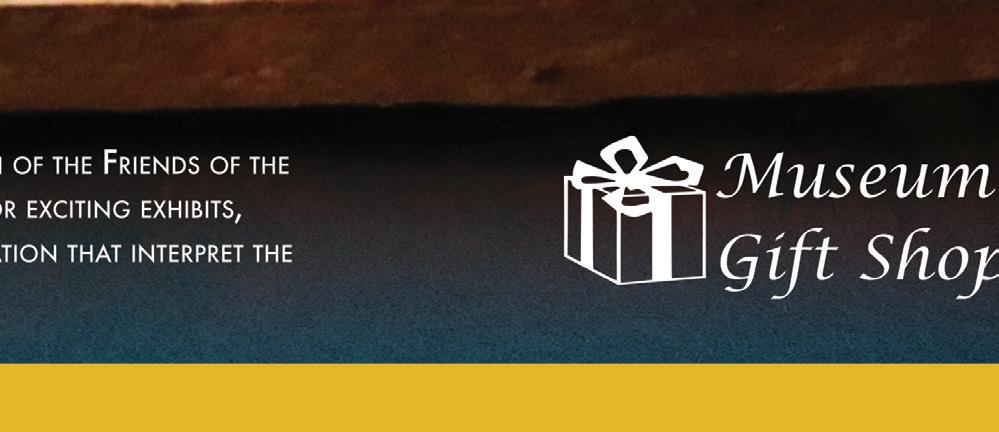


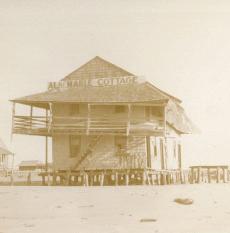
Friends of the Museum of the Albemarle 501 South Water Street Elizabeth City, North Carolina 27909 Nonprofit Organization US Postage PAID Elizabeth City, NC Permit No. 43 From the Past Picture museumofthealbemarle.com Please recycle. IMAGE OF “ALBEMARLE COTTAGE” LOCATED IN NAGS HEAD, DARE COUNTY, CIRCA 1930. Courtesy Museum of the Albemarle, Bennett Morrisette collection Want to see more photos from MOA’s collection? Visit our social media sites and follow #MaritimeMonday and #ThrowbackThursday.


































 by Wanda Lassiter, Curator, Museum of the Albemarle, and Dr. Kevin Larsen, Mid-Atlantic Christian University
by Wanda Lassiter, Curator, Museum of the Albemarle, and Dr. Kevin Larsen, Mid-Atlantic Christian University

























































































































































 by Wanda Lassiter, Curator
by Wanda Lassiter, Curator







































































 1960 s COLLAGE Courtesy of Exhibit Design
AN EVENING WITH DR. MARTIN LUTHER KING, JR., 1966
Dr. King visited several locations in the Albemarle region, including Edenton, Elizabeth City, and Hertford.
1960 s COLLAGE Courtesy of Exhibit Design
AN EVENING WITH DR. MARTIN LUTHER KING, JR., 1966
Dr. King visited several locations in the Albemarle region, including Edenton, Elizabeth City, and Hertford.



 COALITION OF ECSU STUDENTS, PROFESSORS, AND MOA STAFF CLEAN GRAVESTONES AT OLD OAK GROVE CEMETERY.
COALITION OF ECSU STUDENTS, PROFESSORS, AND MOA STAFF CLEAN GRAVESTONES AT OLD OAK GROVE CEMETERY.

 by Charlotte M. Patterson, Education
by Charlotte M. Patterson, Education





































